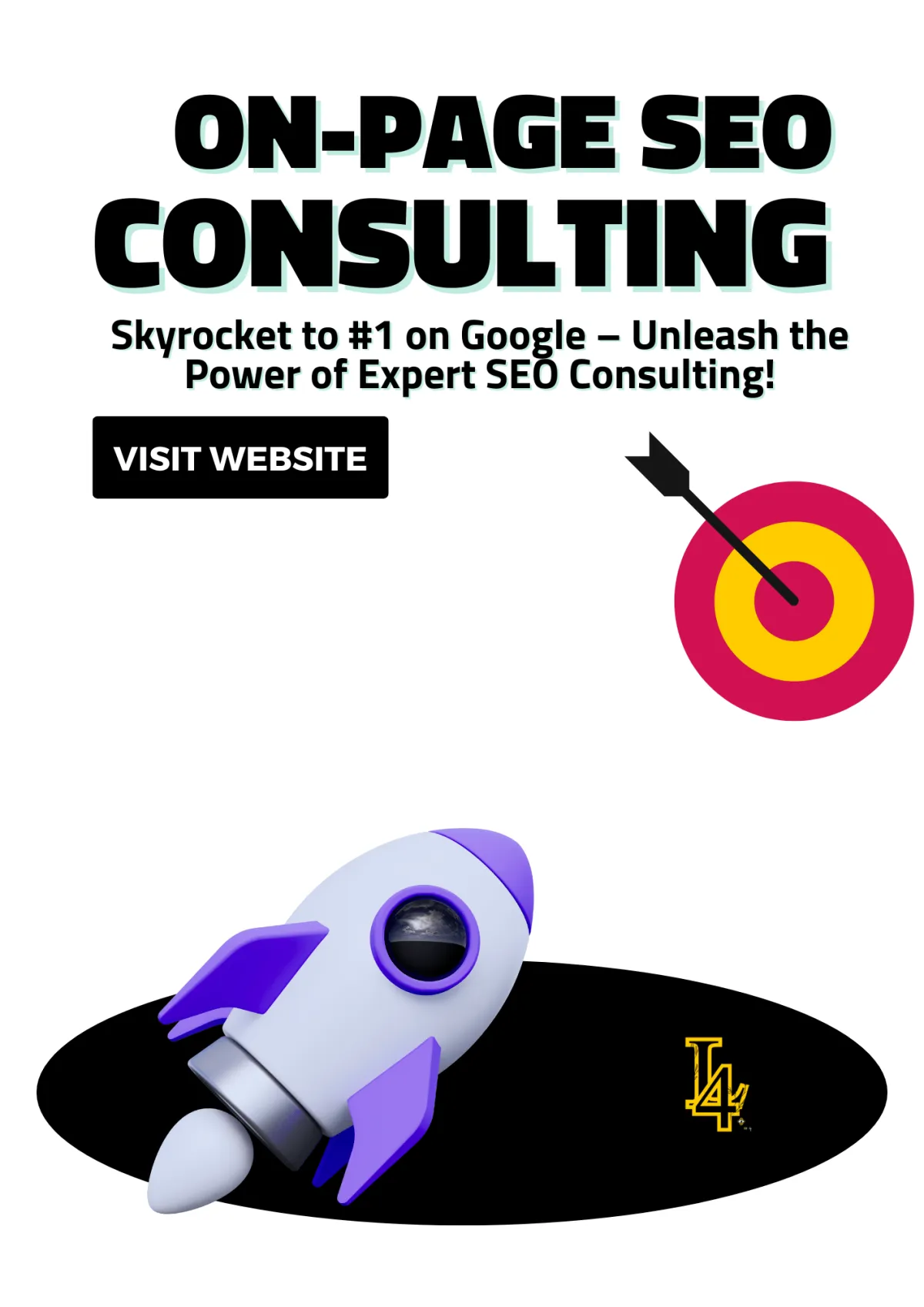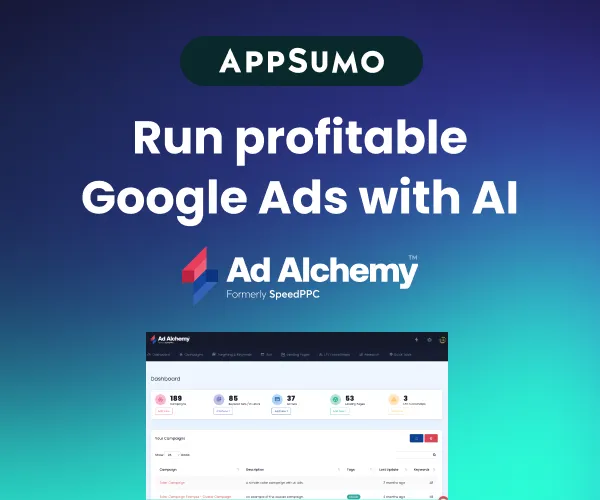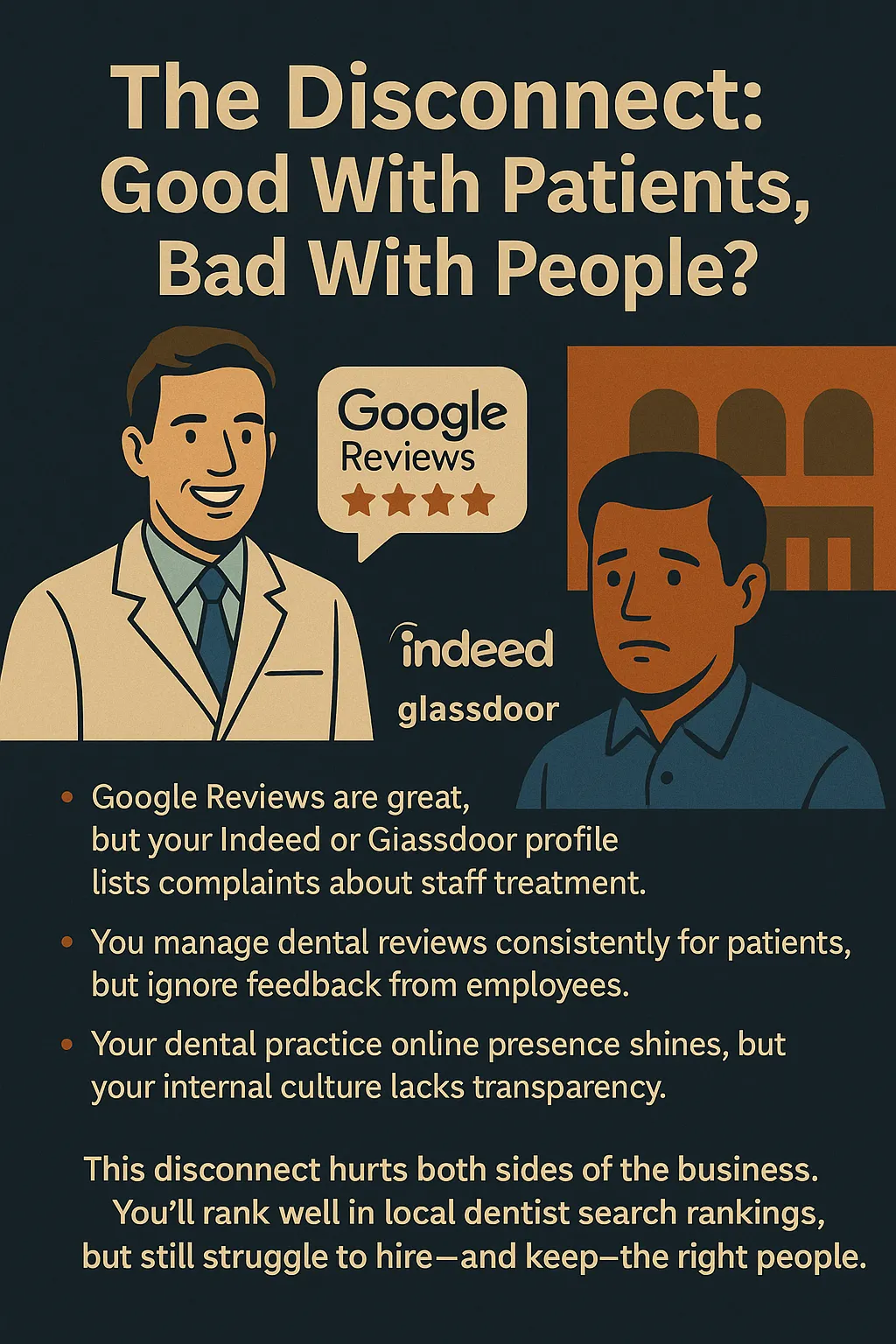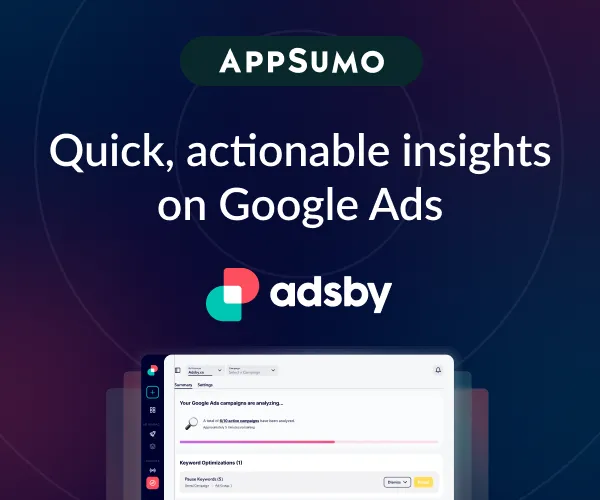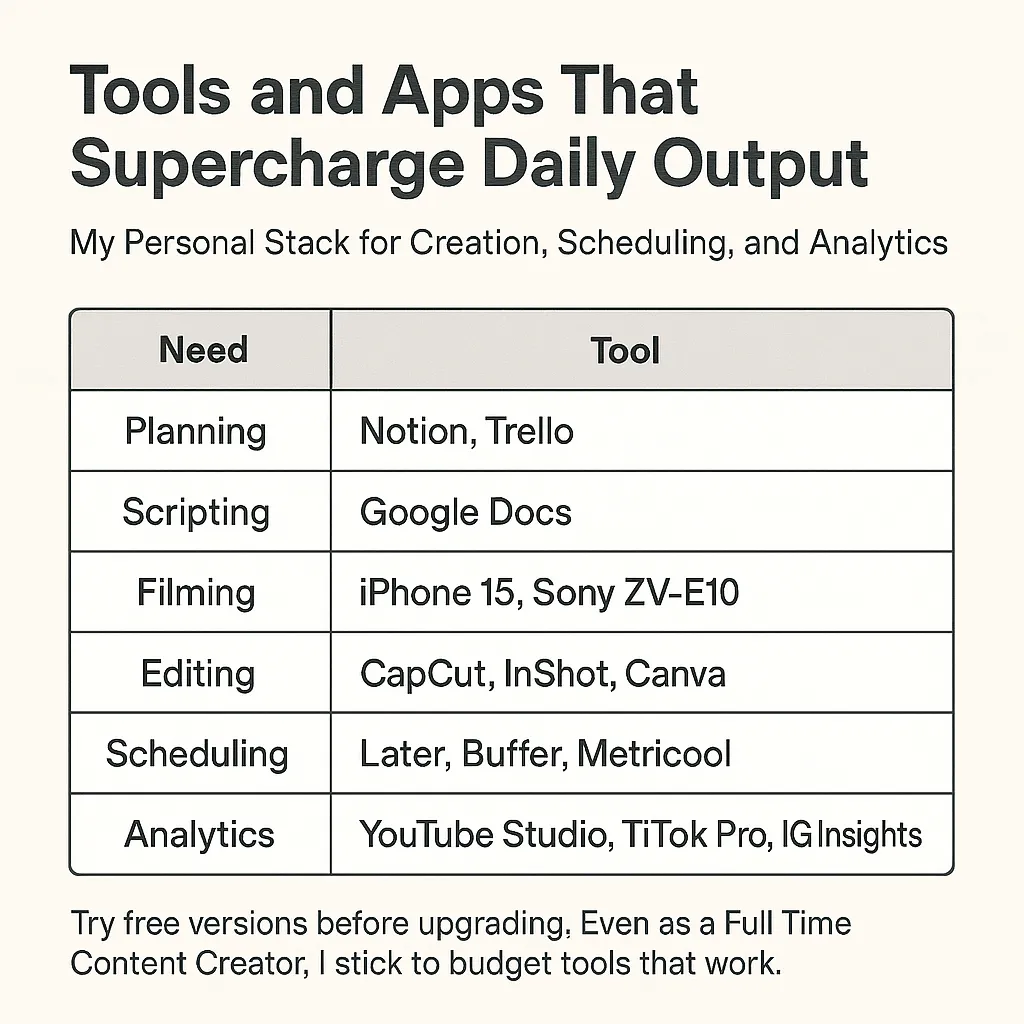
Top Social Website Builders for 2025: Build and Monetize Communities Effortlessly
Think building a social website in 2025 requires a degree in coding? Think again! With these top-notch website builders, you’ll have your community buzzing, connecting, and engaging in no time—and without breaking a sweat.
Table Of Content
Best Social Website Builders for 2025
How to Choose the Best Social Website Builder
Monetization Strategies for Social Websites: A Comprehensive Guide
1. Offer Membership Subscriptions
2. Leverage Paid Online Courses
4. Create and Sell Digital Products
5. Host Paid Events or Webinars
6. Implement Crowdfunding or Donations
7. Monetize with Affiliate Marketing
9. Monetize Through Data Analytics
1. AI-Driven Design and Personalization
Key Features of AI-Driven Design:
2. Integration of Web3 Features
3. Advanced Gamification Tools
4. Focus on Accessibility and Inclusivity
6. Content Monetization Innovations
7. Real-Time Collaboration Features
8. AI-Powered Moderation and Security
9. Hybrid Online-Offline Communities

Best Social Website Builders for 2025
Creating a social website to connect users, share ideas, or build communities is easier than ever, thanks to modern website builders. Whether you're launching a niche forum, a social media-style platform, or a collaborative group space, these tools offer powerful features without requiring coding expertise. Here are some of the best social website builders to consider in 2025:
1. Wix
Overview:
Wix is a versatile and user-friendly website builder that’s perfect for creating social websites with community-focused features. With its drag-and-drop interface, you can design custom pages and integrate social apps for a seamless user experience.
Key Features:
Wix Groups: Create community hubs where members can interact and share content.
Forums & Blogs: Add forums for discussions and blogs for storytelling.
Social Integrations: Connect with Facebook, Instagram, and other platforms.
Custom Member Areas: Allow users to create profiles and access exclusive content.
Best For:
Small to medium-sized communities, blogs with discussion sections, and hobbyist networks.
Pricing:
Starts at $16/month for premium plans.
2. BuddyBoss
Overview:
BuddyBoss is a platform specifically designed for building social networks and online communities. It works as a WordPress theme/plugin, giving you flexibility and scalability.
Key Features:
Member Profiles: Enable users to create and customize their profiles.
Activity Feeds: Offer dynamic timelines for user updates and interactions.
Group Creation: Let users form groups and forums based on shared interests.
Gamification: Add badges, rewards, and points to encourage engagement.
Mobile App Integration: Build a mobile app for your social network.
Best For:
Social media-style websites, learning platforms, and private communities.
Pricing:
Starts at $228/year for a single site license.
3. Mighty Networks
Overview:
Mighty Networks is a community-driven platform focused on building social networks, courses, and memberships. It’s ideal for creators who want to bring people together around shared interests or content.
Key Features:
Customizable Communities: Build private or public networks with member profiles.
Event Management: Host live events, webinars, and meetups directly within your network.
Course Creation: Combine social networking with e-learning by offering courses.
Engagement Tools: Leverage polls, posts, and discussions to keep users active.
Best For:
Niche communities, content creators, and e-learning platforms.
Pricing:
Starts at $33/month for the Community Plan.
4. Circle
Overview:
Circle is a minimalist yet feature-rich platform for creating online communities. It focuses on fostering interaction through discussions, events, and content sharing.
Key Features:
Private Spaces: Organize members into private spaces for targeted discussions.
Integrated Communication: Includes live chat, messaging, and discussion forums.
Membership Subscriptions: Monetize your platform with paid memberships.
Analytics: Track member engagement and activity metrics.
Best For:
Content creators, small business communities, and premium memberships.
Pricing:
Starts at $39/month.
5. SocialEngine
Overview:
SocialEngine is a robust platform for building custom social networks. It offers a self-hosted solution, giving you complete control over your website’s design, functionality, and data.
Key Features:
Customizable Themes: Use pre-designed themes or create your own.
Advanced Privacy Controls: Manage member permissions and privacy settings.
Plugins and Extensions: Enhance functionality with add-ons for events, polls, and chats.
Ad Revenue: Monetize your platform with integrated advertising tools.
Best For:
Large-scale social networks, enterprise-level communities, and tech-savvy users.
Pricing:
Starts at $299 for a one-time license.
6. Squarespace
Overview:
Squarespace is known for its stunning designs and is a great choice for creating social websites with a visual focus. While it’s not solely built for social networks, it offers robust tools for building community-based platforms.
Key Features:
Member Areas: Create exclusive content and spaces for registered members.
Event Hosting: Promote and manage online or in-person events.
Blogging Tools: Share stories and updates with integrated comment systems.
Social Media Integration: Connect and display feeds from major social platforms.
Best For:
Creative communities, visual-centric platforms, and content-focused networks.
Pricing:
Starts at $16/month for basic plans.
7. Tribe
Overview:
Tribe is a cloud-based platform designed for community building and user engagement. It’s highly customizable and integrates seamlessly with external tools and apps.
Key Features:
Customizable Widgets: Add discussion boards, activity feeds, and member profiles.
Integrations: Connect with tools like Slack, HubSpot, and Zapier.
Moderation Tools: Manage user-generated content with advanced moderation options.
Gamification: Incentivize engagement with badges, leaderboards, and points.
Best For:
Corporate communities, SaaS companies, and large-scale networking.
Pricing:
Free plan available; premium plans start at $85/month.
8. Ning
Overview:
Ning is one of the oldest platforms for building social websites. It provides a complete set of tools for creating and managing your online community.
Key Features:
Drag-and-Drop Builder: Create layouts without any coding.
Custom Social Features: Add user profiles, forums, blogs, and photo galleries.
Monetization Options: Offer paid memberships or integrate with e-commerce tools.
Built-In Analytics: Measure engagement and track growth.
Best For:
Hobbyist communities, alumni networks, and fan groups.
Pricing:
Starts at $25/month.
How to Choose the Best Social Website Builder
When selecting a social website builder, consider the following factors:
Ease of Use: Look for platforms with drag-and-drop builders if you’re a beginner.
Customizability: Ensure the platform allows for branding and design flexibility.
Scalability: Choose a builder that can grow with your community’s needs.
Engagement Features: Prioritize tools like forums, chats, and activity feeds to foster interaction.
Budget: Evaluate pricing plans and ensure they align with your financial resources.

Monetization Strategies for Social Websites: A Comprehensive Guide
Building a social website is an exciting venture, but turning it into a revenue-generating platform is where the challenge—and opportunity—lies. Whether you’re fostering a niche community or running a collaborative network, monetization is key to ensuring long-term sustainability. Fortunately, modern social website builders offer features that make it easier to generate income while keeping your users engaged.
Here’s a detailed look at how to monetize your social website, with actionable strategies and examples tailored to platforms like Wix, BuddyBoss, Mighty Networks, and more.
1. Offer Membership Subscriptions
One of the most effective ways to monetize a social website is by offering exclusive content or features through membership subscriptions. This model allows you to charge users a recurring fee for access to premium areas of your site.
How It Works:
Create Exclusive Content: Offer members-only articles, videos, or tutorials.
Private Communities: Grant access to forums, chat groups, or special events.
Tiered Memberships: Provide multiple levels of access (e.g., Basic, Pro, VIP) with increasing benefits.
Platforms That Support It:
Mighty Networks: Built-in tools for creating paid memberships.
BuddyBoss: Integrates seamlessly with WordPress plugins like MemberPress.
Wix: Use the "Wix Members" feature to set up private areas for paying users.
Example:
A photography-focused social website offers beginner tips for free but charges a monthly fee for advanced tutorials, expert Q&A sessions, and access to an exclusive community forum.
2. Leverage Paid Online Courses
If your social website caters to a niche audience, offering educational courses can be a lucrative way to monetize. Many users are willing to pay for structured learning experiences, especially if they come with community support.
How It Works:
Course Content: Create step-by-step tutorials, video lessons, or downloadable resources.
Interactive Elements: Include quizzes, assignments, and group discussions.
Certificates: Offer certifications to increase the perceived value of your course.
Platforms That Support It:
Mighty Networks: Combines course creation with community-building tools.
Teachable Integration: Works with builders like WordPress or BuddyBoss.
Thinkific: Integrates seamlessly with social platforms for course management.
Example:
A fitness social website could offer a 30-day “Weight Loss Challenge” course with meal plans, workout videos, and group check-ins, charging participants a one-time or subscription fee.
3. Sell Advertising Space
If your social website attracts a significant amount of traffic, selling advertising space can be a straightforward way to generate revenue. This strategy works best for sites with broad appeal or highly targeted niche audiences.
How It Works:
Banner Ads: Place ads in visible areas like headers, sidebars, or footers.
Sponsored Posts: Allow brands to publish content on your site.
Affiliate Links: Earn a commission for products or services promoted through ads.
Platforms That Support It:
Wix: Offers built-in tools for adding ad banners.
BuddyBoss: WordPress plugins like Ad Inserter simplify ad management.
Tribe: Integrates with ad networks like Google AdSense.
Example:
A tech-focused social website could partner with gadget brands, displaying banner ads for the latest laptops or smartphones.
4. Create and Sell Digital Products
Digital products are an excellent source of passive income. These could include eBooks, templates, stock photos, or software tools tailored to your audience’s needs.
How It Works:
eBooks: Write guides or whitepapers on topics relevant to your community.
Templates: Offer design files, code snippets, or productivity tools.
Downloadable Resources: Sell high-resolution stock images, videos, or icons.
Platforms That Support It:
Wix Stores: Enables digital product sales with secure payment gateways.
BuddyBoss: Combine with WooCommerce for seamless sales.
Squarespace: Ideal for showcasing and selling digital goods.
Example:
A graphic design social website sells downloadable logo templates and eBooks on branding strategies.
5. Host Paid Events or Webinars
Events and webinars are excellent for creating real-time engagement while generating income. Users value direct interaction with experts or community leaders, making this a highly effective monetization method.
How It Works:
Virtual Events: Host webinars, live Q&A sessions, or panel discussions.
In-Person Meetups: Organize workshops, conferences, or community gatherings.
Event Recordings: Sell access to recorded sessions for those who missed the live event.
Platforms That Support It:
Mighty Networks: Built-in tools for hosting paid events.
Circle: Supports live events and webinars within private spaces.
Zoom Integration: Compatible with most website builders for hosting virtual events.
Example:
A coding social website could charge users to attend a live workshop on “Building Your First Mobile App” with follow-up access to recorded sessions.
6. Implement Crowdfunding or Donations
For community-driven social websites, crowdfunding or donation options can provide steady revenue while keeping content accessible to all users.
How It Works:
Recurring Donations: Platforms like Patreon allow users to support your site with monthly contributions.
One-Time Donations: Integrate PayPal or Stripe for single donations.
Community Goals: Use crowdfunding to fund specific projects or initiatives.
Platforms That Support It:
Patreon Integration: Works with most social website builders.
Tribe: Includes tools for creating donation campaigns.
Wix Payments: Set up one-time or recurring payment options.
Example:
A social website for environmental activism could use crowdfunding to support tree-planting initiatives, offering exclusive perks to donors.
7. Monetize with Affiliate Marketing
Affiliate marketing is a popular and low-effort monetization strategy. By recommending products or services and earning a commission for each sale, you can generate passive income while adding value to your community.
How It Works:
Product Reviews: Share honest reviews of products your audience would find useful.
Affiliate Links: Embed tracking links within your content.
Affiliate Stores: Curate products into a virtual store.
Platforms That Support It:
Wix: Supports embedding affiliate links and creating virtual storefronts.
BuddyBoss: Use WordPress affiliate plugins like ThirstyAffiliates.
Squarespace: Create dedicated product pages with affiliate links.
Example:
A travel-focused social website partners with airlines and hotel booking platforms, earning commissions for each referred booking.
8. Build a Premium Job Board
For professional or industry-specific social websites, a job board can be an excellent monetization tool. Employers pay to post jobs, while job seekers gain access to exclusive listings.
How It Works:
Job Postings: Charge employers for posting job opportunities.
Resume Database: Offer access to a searchable database of qualified candidates.
Memberships: Create subscription plans for premium job-seeking features.
Platforms That Support It:
BuddyBoss: Combine with WordPress plugins like WP Job Manager.
Tribe: Allows for custom job board creation.
Wix: Add apps like Job Board Manager for listings.
Example:
An IT-focused social website creates a premium job board for tech professionals, connecting companies with skilled developers and engineers.
9. Monetize Through Data Analytics
If your social website generates significant user engagement, anonymized data insights can become a monetizable asset. Sell insights or trends to businesses looking to understand your niche audience.
How It Works:
Surveys and Polls: Collect data from users with their consent.
Aggregate Reports: Provide anonymized reports on trends or behaviors.
Subscription Analytics: Offer premium access to analytics dashboards.
Platforms That Support It:
Mighty Networks: Built-in engagement analytics.
Circle: Allows data export for deeper insights.
BuddyBoss: Pair with analytics plugins for WordPress.
Example:
A health and wellness social website sells anonymized insights to fitness brands, revealing trends in workout preferences or diet habits.

Future Trends in Social Website Building: 2025 and Beyond
The landscape of social website building is evolving rapidly, driven by technological advancements and changing user expectations. As we look toward 2025 and beyond, new trends are set to revolutionize how social websites are created, customized, and used. From AI-powered design tools to Web3 integration, these innovations promise to make building and maintaining social platforms more dynamic, efficient, and engaging.
Let’s explore the key emerging trends shaping the future of social website building.
1. AI-Driven Design and Personalization
Artificial Intelligence (AI) is transforming website design, and social websites are no exception. AI-driven tools enable creators to build and customize websites faster while delivering highly personalized user experiences.
Key Features of AI-Driven Design:
Smart Templates: AI tools can analyze your niche and goals to suggest optimal layouts, color schemes, and fonts.
Personalized User Experience: AI algorithms can tailor content recommendations, layouts, and features based on user behavior.
Automated Analytics: AI can provide actionable insights on user engagement and suggest improvements for design or content.
Example:
Tools like Wix’s ADI (Artificial Design Intelligence) are already enabling users to create professional websites with minimal effort. In the future, AI could automate complex tasks like setting up gamified rewards or creating real-time chatbots for social interaction.
2. Integration of Web3 Features
Web3, the decentralized iteration of the internet, is poised to redefine how social websites operate. By leveraging blockchain technology, social platforms can provide greater security, transparency, and user ownership.
Emerging Web3 Features:
Decentralized Identity: Users can log in securely without centralized databases, reducing privacy concerns.
Tokenized Rewards: Platforms can introduce cryptocurrencies or NFTs as incentives for user engagement.
Smart Contracts: Automate processes like membership payments, content monetization, or user agreements.
Community Governance: Enable users to vote on platform decisions using blockchain-based tools.
Example:
A social website for content creators might use NFTs to allow users to sell unique digital assets directly to their community or reward members with tokens for contributing quality content.
3. Advanced Gamification Tools
Gamification has long been a powerful strategy for boosting user engagement, but its application is becoming more sophisticated. Advanced gamification tools are making it easier to create interactive, rewarding experiences for users.
Advanced Gamification Trends:
Dynamic Leaderboards: Real-time updates that track and display user achievements.
Adaptive Challenges: AI-driven challenges that adjust to user preferences or skill levels.
Reward Systems: Enhanced systems that combine virtual goods, tokens, or real-world perks.
Social Competitions: Integrate friendly competitions within communities, such as virtual events or collaborative projects.
Example:
Platforms like Mighty Networks and BuddyBoss can incorporate gamification tools such as badges, points, or exclusive content access to encourage community participation.
4. Focus on Accessibility and Inclusivity
As digital accessibility becomes more important, social website builders are prioritizing features that ensure inclusivity for all users, including those with disabilities.
Key Accessibility Trends:
AI Accessibility Tools: Automatic captioning for videos, image alt-text generation, and text-to-speech capabilities.
Customizable Interfaces: Allow users to adjust font sizes, contrast levels, and navigation preferences.
Compliance with Standards: Platforms increasingly adhere to WCAG (Web Content Accessibility Guidelines) to ensure inclusivity.
Example:
Future social website builders may integrate voice navigation for visually impaired users or gesture-based interfaces for those with limited mobility.
5. Multi-Platform Integration
Social websites are no longer standalone platforms—they must seamlessly integrate with other digital tools and ecosystems. Multi-platform integration allows creators to expand their reach and improve functionality.
Integration Examples:
Social Media Syncing: Automatically pull in content or user data from platforms like Instagram, Twitter, or LinkedIn.
API Connectivity: Integrate third-party tools like Slack, Google Analytics, or payment gateways.
Omnichannel Engagement: Provide a unified experience across desktop, mobile apps, and even wearables.
Example:
A social website for professional networking might sync with LinkedIn profiles, allowing users to import their resumes and connect with like-minded professionals across platforms.
6. Content Monetization Innovations
As creators and communities look for ways to generate revenue, website builders are integrating new monetization tools. These include subscription models, pay-per-view content, and even blockchain-powered payment systems.
Future Monetization Features:
Microtransactions: Users can pay small amounts for exclusive posts, videos, or resources.
Creator Marketplaces: Platforms can allow users to sell their own products, templates, or digital assets.
Crowdfunding Integration: Simplify donations or funding campaigns for projects within the community.
Example:
Web3-enabled platforms might let creators tokenize their content, selling access to exclusive articles or videos through blockchain-based payments.
7. Real-Time Collaboration Features
Social websites are becoming hubs for teamwork and collaboration, offering real-time tools that enable users to work together more effectively.
Key Features:
Live Document Editing: Similar to Google Docs, enable collaborative document creation directly on the platform.
Integrated Video Conferencing: Built-in tools for hosting webinars, virtual meetups, or collaborative sessions.
Shared Dashboards: Allow team members to track project progress, tasks, or community milestones.
Example:
A social website for freelancers might feature collaborative whiteboards or video meetings to help users network and co-create projects.
8. AI-Powered Moderation and Security
As social websites grow, managing and securing content becomes increasingly important. AI-powered tools are leading the charge in creating safe, moderated environments for users.
AI Moderation Capabilities:
Content Filtering: Automatically flag or remove inappropriate posts.
User Behavior Analysis: Detect potential security threats, such as bots or fraudulent activity.
Spam Prevention: Use AI to block irrelevant or harmful content before it reaches the community.
Example:
An online forum for parents might use AI moderation to ensure a positive and respectful atmosphere by filtering out inappropriate language or spam.
9. Hybrid Online-Offline Communities
As communities evolve, the line between online and offline experiences continues to blur. Hybrid models allow users to participate in both digital and in-person events.
Emerging Trends:
Virtual Meetups: Host events in the metaverse or via VR platforms.
Location-Based Features: Use geotargeting to connect users in the same area for offline networking.
Event Integration: Offer tools for scheduling and promoting both virtual and in-person gatherings.
Example:
A fitness community might organize online yoga sessions while simultaneously promoting local meetups for group workouts.
10. Data Privacy and Decentralization
With increasing concerns over data privacy, future social website builders are focusing on user control and transparency.
Privacy Trends:
User-Owned Data: Platforms allow users to control how their data is used and shared.
Decentralized Hosting: Websites hosted on blockchain networks reduce reliance on centralized servers.
Transparent Policies: Clear and simple explanations of data collection and usage.
Example:
A decentralized social platform could offer complete user anonymity, ensuring data security through blockchain technology.
Conclusion
The future of social website building is here, and it’s packed with innovative tools to help you create, connect, and monetize with ease. Whether you're hosting a niche forum, launching an interactive learning hub, or building the next big social platform, there’s a builder tailored to your needs. The right platform can transform your ideas into a thriving digital community, making your online presence as dynamic and engaging as your vision. So, what are you waiting for? Pick your platform, bring your community to life, and lead the way into the future of social connectivity!

